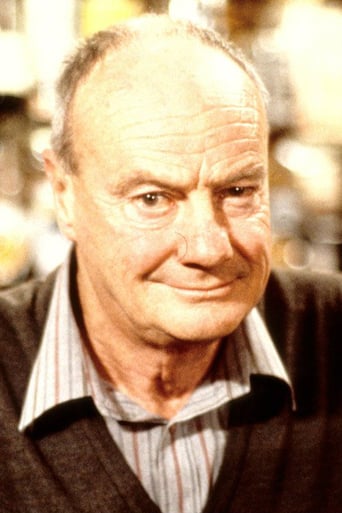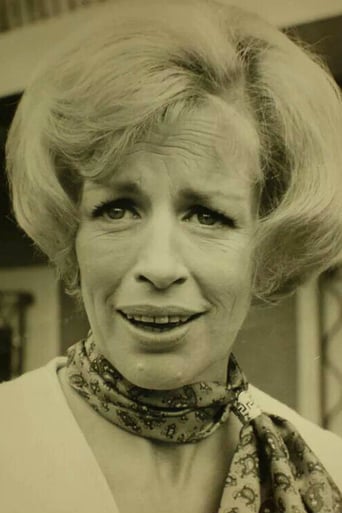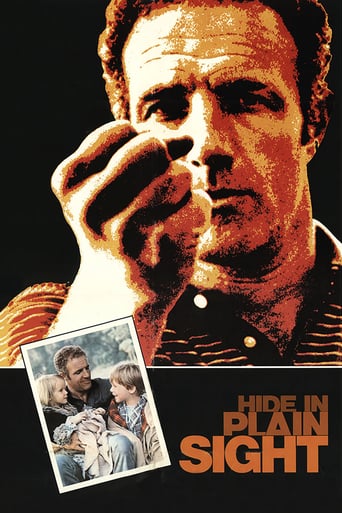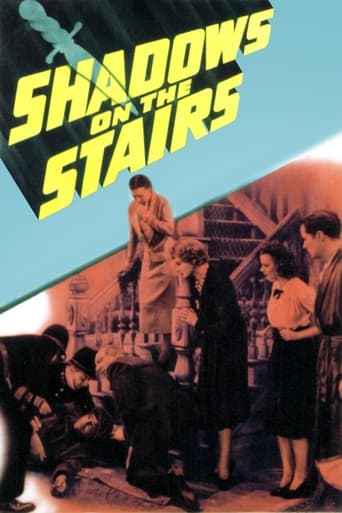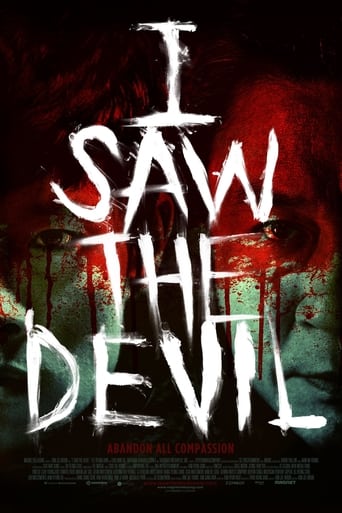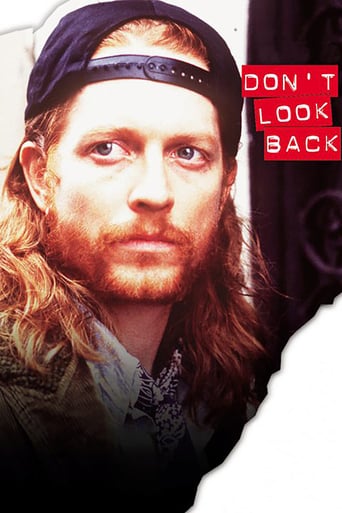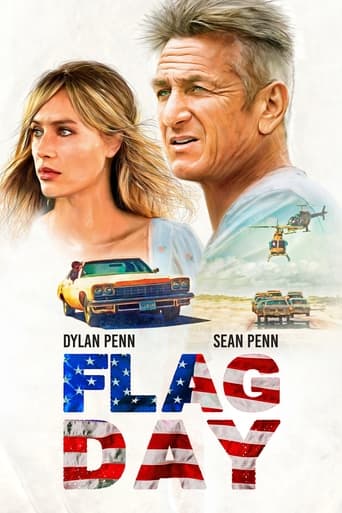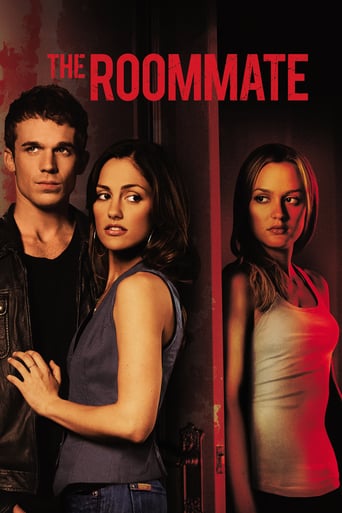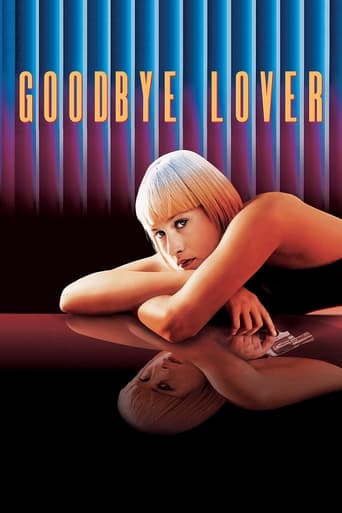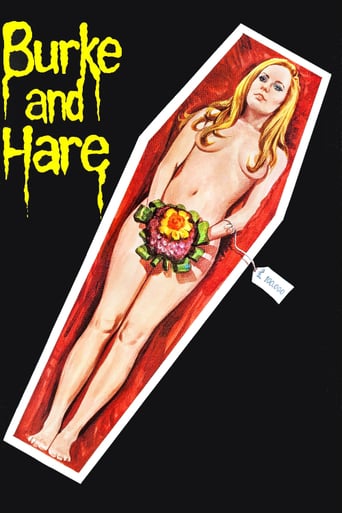
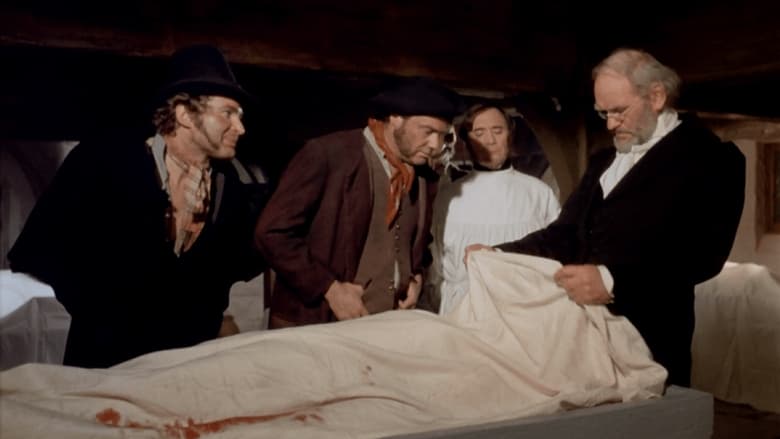
Burke & Hare (1972)
Two men go into business supplying medical colleges with cadavers by robbing graves.
Watch Trailer
Cast


Similar titles
Reviews
This lively retelling of the Burke and Hare story is entertaining enough, and also refreshingly light-hearted (funny how they always are, considering the macabre subject matter) enough to entertain the viewer throughout. It's an undeniably British film, packed with swearing, sweaty characters and loads of tame sleaze. Some scenes in this film actively resemble those cheeky sex comedies of the '70s which our country churned out, containing as they do men and women romping about in bedrooms in various states of undress.All characters in the story are present and correct, with Glynn Edwards and Derren Nesbitt actually doing very well as the eponymous duo. This pair really convey the whole sleaziness/perversity of the subject, and do so in a funny way, too; it's a good double-act. Only a painfully low budget lets the film down, robbing us of an actual ending in the meantime as well: we all know what's going to happen, but the film cuts to a drawing while the conclusion is narrated! It's a letdown, but for the majority this film is great fun.Harry Andrews is on hand to ham it as Dr Knox, here wearing an eye-patch. Sadly Knox is given little screen time in this film, as the title would suggest, although he has a fine line in crude humour. He's a long way from Cushing's spot-on performance in THE FLESH AND THE FIENDS, and it's sad to see such a great actor falling on hard times. Some other familiar faces pop up in the cast, including sitcom favourite Yootha Joyce who plays Edwards' long-suffering and occasionally murderous wife. Hammer fans will also spot LUST FOR A VAMPIRE's Yutte Stensgaard romping about half naked in one of the film's many brothel scenes, all part of a subplot included just to show lots of topless women; the stunning Francoise Pascal is also willing to oblige in this respect. Far too much screen time is also spent on some foppish medical students who get up to all sorts of sordid affairs after hours.The actual scenes of grave-robbing are dealt with accordingly, i.e. with heaps of macabre relish, although THE COMEDY OF TERRORS will always be the king of ghoulish humour in this respect. There's also a knack for detail as well, with many of the characters speaking in Scottish accents, which makes for a refreshing change. All over, this is a fun little film with plenty of spirit, which only occasionally lapses uncomfortably, and has a mischievous air about it impossible to dislike. And check out that catchy song by The Scaffold (the guys who sang Lily the Pink, no less!) which plays over the opening and closing credits!
Two men go into business supplying medical colleges with cadavers by robbing graves.What you might recall about this film more than anything else is its theme song, which is certainly rather fun and moving. Bringing this tale to life is important and a great addition to horror cinema. Sure, it had been done before as "The Body Snatcher" and "The Flesh and the Fiends"... but it is my understanding that this was the first to be so explicit in the title.The film also asks another question, perhaps philosophical or ethical: do dead bodies have value? Certainly murder is a terrible crime, but what of people who died naturally? Certainly their owners do longer need them -- why not be taken for medical science? (We now have donor cards and the like, but indeed, how were surgeons to learn their craft without practice?)
Fairly maligned but, in retrospect, reasonably enjoyable version of the notorious body-snatching double act – played here by Derren Nesbitt (a regular in director Sewell's work) and Glynn Edwards (surprisingly, for a title role, played by a prolific character actor rather than a star or even a familiar face); both men are now married and their spouses get wind of their nefarious activities before long. The end is also closer to the truth, with Hare turning State's Evidence (eventually dying blind and destitute), leaving Burke to hang alone, and Dr. Knox (a typically full-blooded Harry Andrews, with an eye-patch over his right eye and given to cracking dirty jokes for his colleagues' amusement!) – the eminent surgeon they sold the bodies to – being expelled from his profession but subsequently setting up a traveling medicine show! Oddly enough, the rivalry between Knox and the other surgeon-lecturers is all but inexistent here! The style is agreeably redolent of Hammer Films (nicely book-ended by recreations of period illustrations dealing with the case), though like the brand-new John Landis rendition, the tone is bawdily comic rather than the sleazy seriousness adopted by two more British treatments of these events (unfolding in 1820s Edimburgh) by notable directors – John Gilling's THE FLESH AND THE FIENDS (1959) and Freddie Francis' THE DOCTOR AND THE DEVILS (1985), both of which I had reviewed soon after their first viewing. For the record, the screenplay is the handiwork of Ernle Bradford; his major claim to fame was penning the bestselling chronicle of The Great Siege of Malta of 1565 and, not only is a street in my hometown named after him, but he was to die on our shores in 1986!The brothel scenes (ostensibly demonstrating Knox's students' leisure time, as well as provide convenient victims for the titular duo, but all-too-obviously mandated by the new-fangled permissiveness) feel rather like padding – incidentally, former Hammer starlet Yutte Stensgaard appears briefly as one such prostitute (which she unconvincingly plays drunk much of the time!). One unexpected asset, however, is a rollicking folk-tune sung by The Scaffold during the film's opening and closing titles.I do not know if the copy I acquired is culled from the film's DVD edition (through Redemption) but it came accompanied by an interesting 12-minute 'lecture' featuring an unusual-looking (displaying tattoos and piercings galore!) female Professor who, amongst other things, parallels the real-life Dr. Knox's dabbling in body parts so that others may live with the literary figure of Baron Frankenstein attempting to re-animate composites of dead tissue (especially since both came by them illegally).
This British film recreates a true story (commonly known as the West Port murders) about two infamous Irish body-snatchers in early nineteenth century Edinburgh, a city which at the time was home to what was probably the most highly respected medical school in the U.K.. During this period the supply of corpses for anatomical teaching or research was limited by law to those of executed criminals, and this led to a great shortage. Unofficially the teachers of anatomy were recognised as prepared to buy additional bodies - no questions asked; and this led to a developing practice of criminally snatching bodies from new graves in cemeteries. In response some Edinburgh cemeteries, particularly St. Cuthbert's, constructed high walls with watchtowers and railings which can still be seen today.In 1827 Hare ran a disreputable boarding house in which Burke was one of the residents. When another resident died a normal internment was arranged, but instead Burke joined Hare in replacing the corpse with a sackful of bark that was solemnly buried, and later selling the corpse to the highly respected surgeon Dr Knox. Realizing this could provide an ongoing income it is commonly believed that they subsequently took up dissension from graves, although Burke always denied this, and I believe it has never been proved. What is known is that when another resident in the boarding house was expected to die imminently, they decided to sell the body instead of burying it. Then as the death took longer than expected B & H decided to speed up the process by suffocating the victim so that the body was not marked by violence. From this point on the sky became the limit and everyone who stayed in the boarding house began to be looked upon as a potential source of wealth. Once easily identified local characters began to disappear the end was near; Burke and Hare were arrested, Hare was offered an amnesty in return for providing evidence against Burke and the latter was executed. An almost immediate consequence of these crimes was the regulation of the supply of cadavers to medical schools which commenced with the passing of the U.K. Anatomy Act in 1832.The film tells this story, and recreates the atmosphere of old Edinburgh with reasonable accuracy. Even today Old Edinburgh has many narrow alleys and tall stone buildings with small barred windows which can be quite eerie when it is cold and foggy, so it still provides plenty of atmosphere for filming this type of story. Probably unfortunately, the film makers decided to couple the macabre story above with an attempt to provide something of a social documentary of life in early nineteenth century Scotland, and this was not received well by most of the critics who felt these two very different themes did not meld well. The situation was made worse a year later when Derren Nesbitt, the actor who played the part of Burke, was convicted on a charge of assaulting his wife. I missed the film when it was first released but found it was being revived in a local cinema when I visited Edinburgh many years later, and took the opportunity to see it then. Perhaps the facts that I was working in a medical school, and was watching this film in the place where the grim events portrayed had actually taken place, numbed my critical faculties; but I remember being totally engrossed by the film at the time. More recently I have been trying to purchase a home video copy and view it again, but it has not been released as a DVD and is now hard to find. Surprisingly I have never seen it presented on TV. I have rated it at 8 stars, this is not based on detailed recollections of the acting or dialogue, but reflects my fascination with the great sense of the period that I experienced from it at the time I saw it. Be warned that many critics would probably regard this as a totally unjustified rating The story of Burke and Hare is a natural one for presentation on film and I am surprised that this 1972 film has not yet been re-made. (A modern day version, based on a script by Scottish writer Irvine Welsh and tentatively titled The Meat Trade is to be filmed in Edinburgh this year. In this bodies are used to provide organs for transplant not cadavers for the medical school - such a fictitious work is unlikely to appeal greatly to me.) An earlier film of the original historic story was made in 1948, but at this time the British film censors set very high standards for films regarded as documentary and, although the film was based on the actual story, they would not allow the title Burke and Hare to be used. Instead it was released as The Greed of William Hart. Ironically, this earlier version has been released as a DVD which is still listed.



